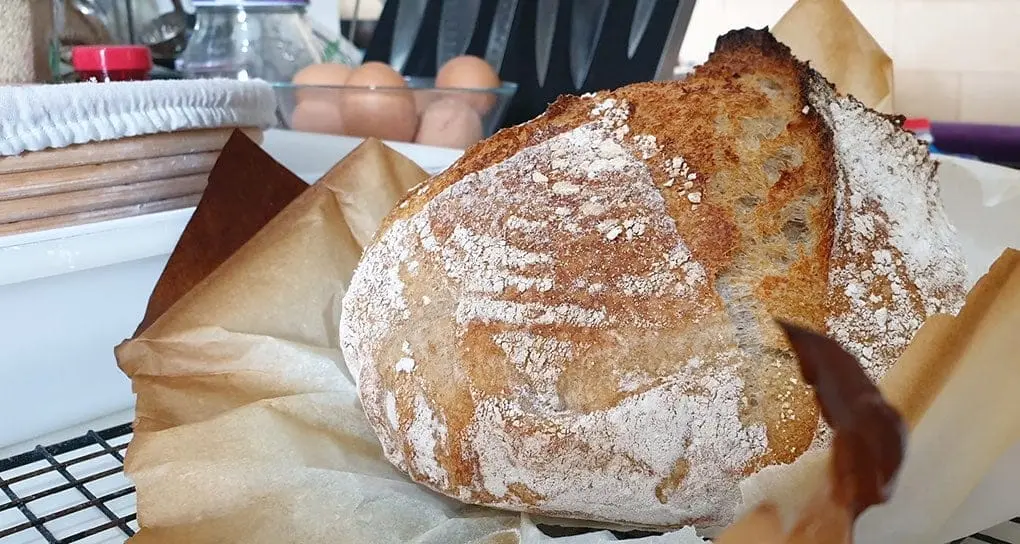
Sourdough bread is a magical, personalised journey where experimentation and practice are key. Gluten-intolerant individuals may find sourdough easier to digest. Start by creating an active starter with high-protein flour, and let your creativity run wild with unique ingredients and techniques.
Leavened, unleavened, commercial, flat, tinned, sliced, etc etc… the list is almost endless but the grandfather and the one we all seem to aspire to, has to be sourdough.
“But for the smell of baking bread…”
Ken Forkish – Flour Water Salt Yeast
There’s something magical, almost mystical about not using dried, packet or even fresh yeast, It’s almost as if it’s in the hands of the Gods!
Will it rise?… what’s the crumb going to be like, will it be crusty .. will it have that wonderful tang so much associated with this magical confection? but most of all… what’s that fermentation thing I keep coming across?
Sourdough is not only healthier for you, but there is also some research suggesting that those that are Gluten intolerant may be able to tolerate Sourdough a little more easily, have a read of this…


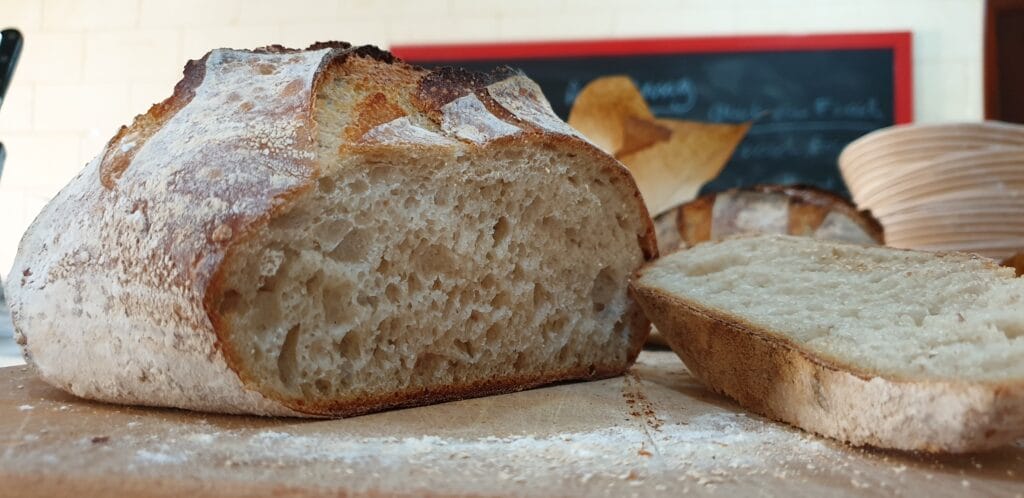
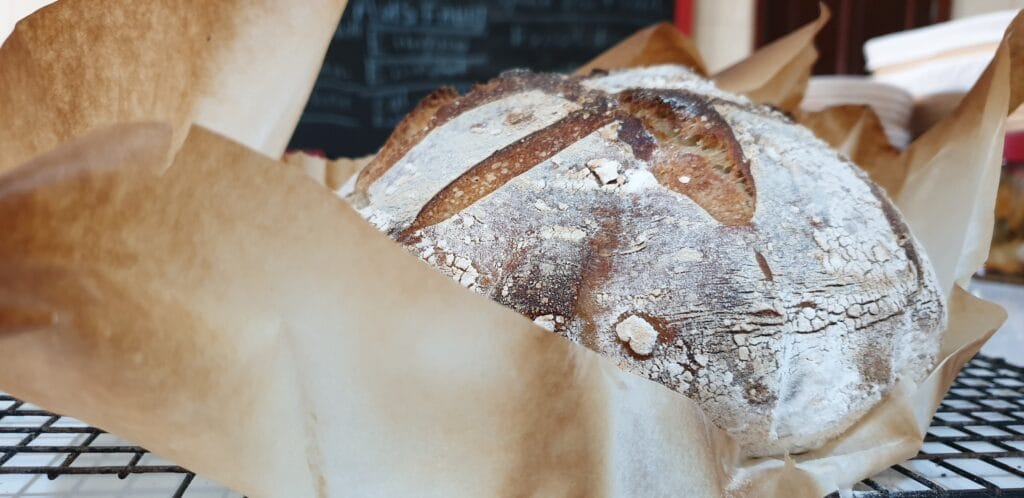
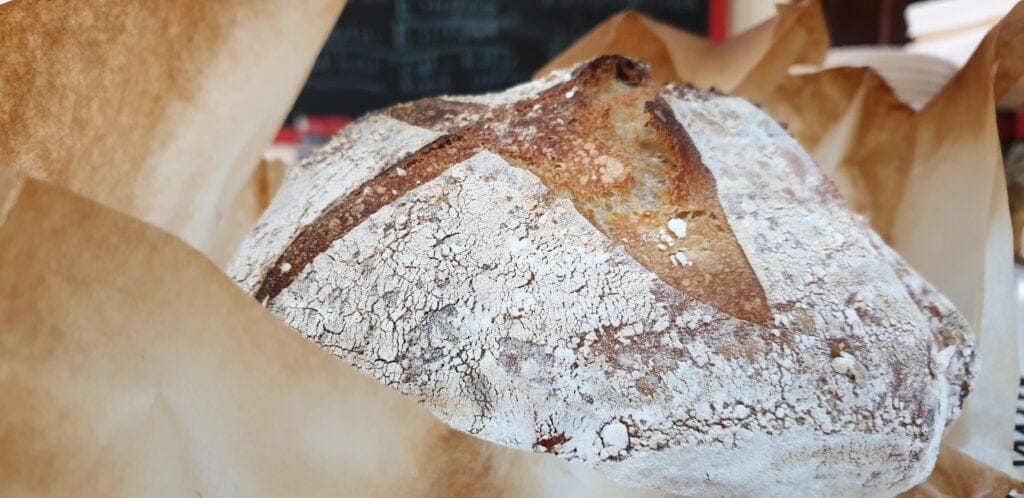
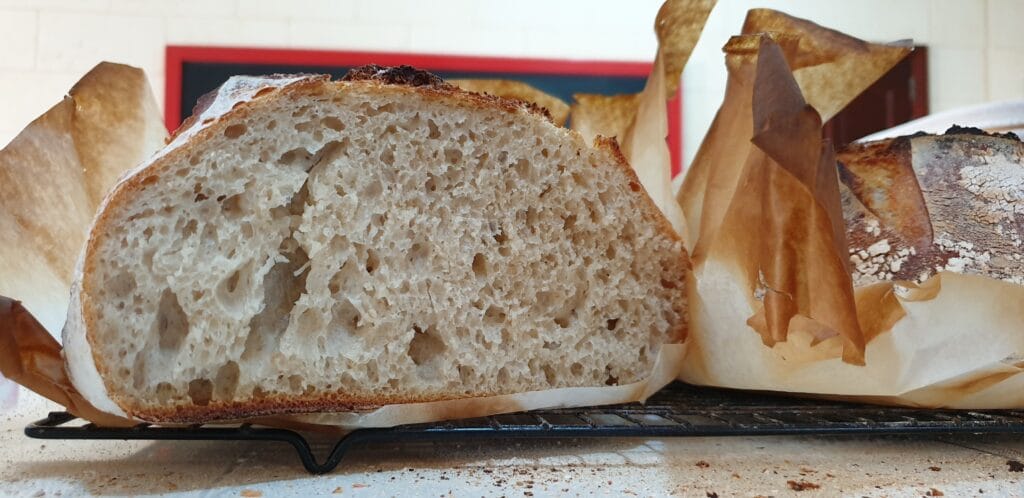
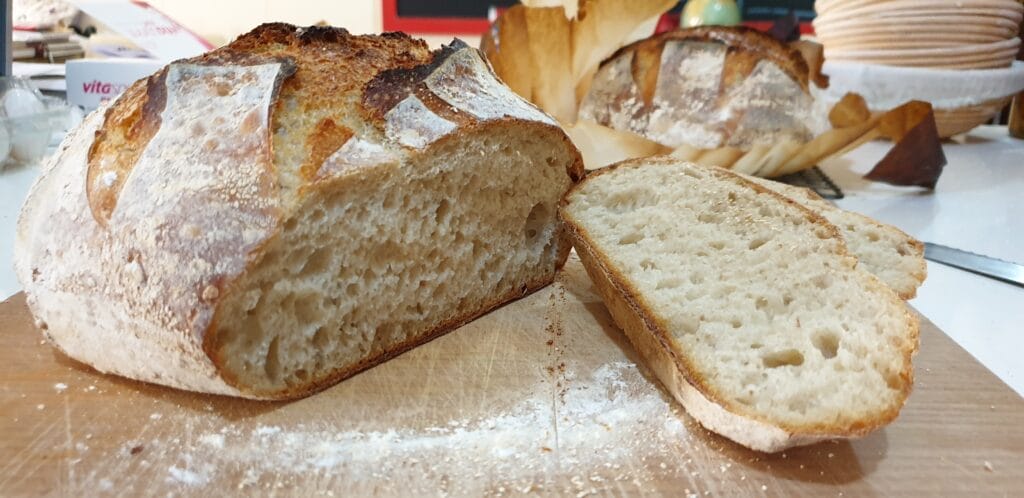
But it is such a personal journey, it’s one where you can learn the rules, the outline and the basic elements of the journey but you need to make them your own. In fact, you have no choice, you can be given a recipe, maybe follow a formula as is more commonly found, but even if you follow it to the ‘Nth degree’ it may, will or could end up being very different to the intended outcome.
More so than any normal recipe, simply because of the elements around you, the differing products you may buy and the differences in fermentation… as I say it’s a journey and the only stable factors are practice and obsession.
So where do we start?… well it depends on how deep you want to delve.. being a bit of a food nerd, I wanted to use Yeast Water from local fruit and in order to be able to know where everything was coming from, my efforts can be seen here.
However, that’s not absolutely necessary, you can start off by making a straight forward starter, and you can find out how to do that here:
Once you have an active, bubbly starter, the world, as they say, is your oyster… and off we go.
As I said previously its all about the ingredients YOU use and YOUR environment so let’s look at them;

Initially, we need to look at the flour you are using, have a quick look at the ingredients / nutritional value list on the side of the packet and make sure the % of Protein is around the 12 -15 % mark. We need it to be high because of Gluten development. If it’s around the 13% mark your probably using bread flour and that’s great, if not, you can still make bread but it won’t have as much gluten in it and that’s the stuff that traps the Carbon Dioxide in it which allows the bread to rise.
It can be very tempting to use cheap flour, and it will work, but economical flour often does not have the nutritional value of the more expensive flours, maybe it’s been sifted too well and there’s nothing left in it or maybe even its the ‘bottom of the barrel’. Whatever the reasoning behind cheaper flour it has its uses in a kitchen but if your feeding the starter with it or your using it in your dough, often it doesn’t have the enzymes or the nutritional value in order to fulfil the process properly, spend that extra penny and buy good quality bread flour, believe me, it’s worth it in the end.
Consistency is the key, so why would water be important?… Good question, water from the tap can often contain chemicals in very small doses like fluoride that is designed to kill the nasty germs in the pipeline and often the municipal water, these chemicals don’t distinguish between good bacteria and bad bacteria, so they kill everything. Water companies in Victoria, Gozo, in London, England and Adelaide, Australia all treat water differently and so in order for a recipe or process to be consistent where possible its best to use water you know the content of. I personally use bottled water and the same brand all the time, simply so I can create consistency.
Salt is a mineral, produced in many ways, by different production methods, some salts contain Iodine, some contain anti-caking chemicals which are used to stop it from clumping together, I personally use Sea salt for most things, it comes from a family a few km from where I live, I see them harvesting it and I simply process it myself in order to know what’s in it. It’s a minor detail, but salt is important in bread making and as there are actually so few ingredients in this process, why not take the time to understand them all?
The all-important starter… once you have an active starter that’s bubbly and lively, it’s giving off Co2 in excess and its regularly doubling in size… you’re on course. I’ve found that scheduling the feeding of your starter at the same time every day, is just as important as the actual feeding, and what you’re feeding it!
I know people that name their starter, they care so much about it they actually personalise it, and there’s nothing wrong with that, it shows the importance given to their starter.. the one thing I’ve come to learn [ without acquiring a degree in ‘Chemical Biology’ is that the starter is a living breathing entity, and if you feed it badly, it will respond badly, better nutrients, better food, all equate to a better starter and better results.

There is no doubt that the best bread is one which uses plenty of time to develop flavour. A methodology that allows time to do the majority of the work for you. Good flavours and structure develop with time and a good schedule allows that to happen. Although a critical aspect of a professional baker’s life it applies in the home kitchen too especially if you want to produce consistent results.
Of all the advice I was given this was the one I had the most problem with… I didn’t want to stay up all night baking, so people can have fresh bread for breakfast, ok so anyone that knows me will confirm I am an early morning person but staying up all night messes with my sleep pattern and I need my sleep. So a well-organised schedule is the way to go… I wanted bread around 7.30 am and knowing that the whole process takes about 24 – 30 hours, it took some working out… but this is a basic outline of my schedule to produce bread every day. It’s not labour intensive, its time intensive.
So why the long time scale.. well time is the one ingredient that defines your sourdough, it’s important for the fermentation of the flour and for the gluten to form, not only are the health benefits of sourdough created by this fermentation process but it also extends the lifespan of the bread, most importantly the unique flavour of the bread is only created with time.

At Med.kitchen, our passion lies in crafting exceptional culinary experiences through our online platform. We specialise in sharing a wealth of knowledge via articles, recipes, courses, and online mentoring, aiming to inspire both novice and seasoned chefs alike. Our focus has shifted from private dining to being an online source of gastronomic inspiration, allowing you to explore and refine your culinary skills from the comfort of your home..